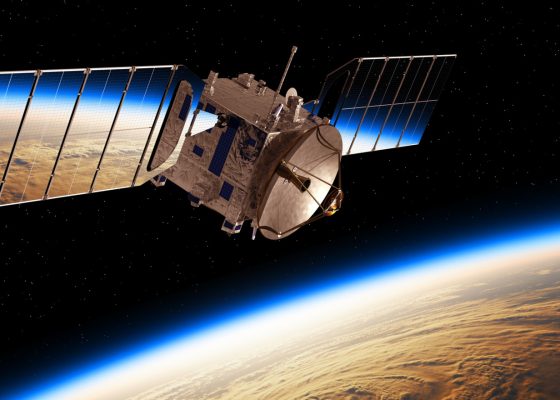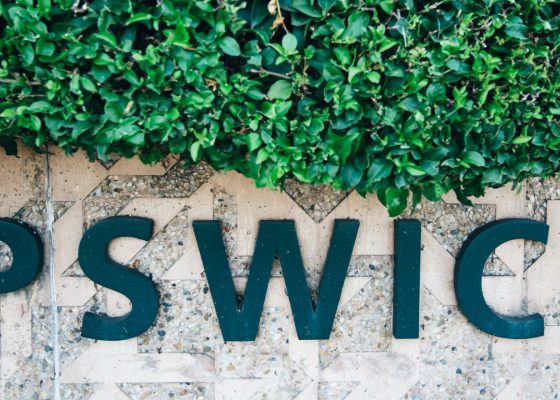The sunshine state’s government is spending a metric bucket-ton of money on providing alternatives to emergency departments. Have they picked the right strategy?
On Tuesday the Queensland Government did an odd thing. Between 12.47pm and 1.07pm it issued 11 very similar media statements.
“Despite unprecedented pressures, serious ED presentations continue to be seen on time in [insert hospital and health service name here],” they all trumpeted.
Wide Bay HHS, West Moreton HHS, Townsville HHS, Sunshine Coast HHS, North West HHS, Metro North HHS, Mackay HHS, Gold Coast HHS, Darling Downs HHS, Central Queensland HHS, and Cairns and Hinterland HHS all got the same treatment – a rundown of how quickly category one (the most urgent) patients were seen (quickly), and a detailing of how large numbers of people are turning up for minor ailments and injuries.
“At a time when record numbers of patients are attending Queensland emergency departments, the most critical patients are still being seen on time,” all 11 media statements said.
Here’s a quote from Wide Bay’s media release, for example: “As well as people coming to the ED for repeat prescriptions and medical certificates, some less urgent presentations included a splinter under a fingernail, a mild rash that had been present on their arm for three weeks, and someone who had ‘kicked their little toe on a stick yesterday’.”
Queensland Health is investing in $11 billion in three new hospitals and nine hospital expansions, as well as satellite hospitals at Caboolture (Metro North HHS), Ripley (West Moreton HHS), and Redlands (Metro South HHS) with four more planned at Kallangur (Metro North), Bribie Island (Metro North), Eight Mile Plains (Metro South), and Tugun (Gold Coast HHS).
Add in partnerships with the federal government to stand up urgent care clinics – two operating now at Logan (Metro South) and Ipswich (West Moreton), with others planned at Bundaberg (Wide Bay HHS), Rockhampton (Central Queensland HHS), Cairns (Cairns and Hinterland HHS), Townsville (Townsville HHS), Toowoomba (Darling Downs HHS), southern Brisbane (Metro South), northern Brisbane (Metro North), the Gold Coast (Gold Coast), and Redcliffe (Metro North) – and you can understand why Queensland Health wants those category five patients avoiding emergency departments.
Can you see why those 11 HH services got media releases now?
Of course, Queensland is made up of 16 hospital and health services (although the 16th, Children’s Health Queensland, has its member hospitals spread around the state).
So what’s happening in the emergency departments of the four hospital networks that didn’t get a media statement?
Just to set up the context, statewide data suggests Queensland hospital emergency departments are in trouble – of 163,640 patients admitted from emergency departments in the April-June 2023 quarter, only 28% were admitted within the four hours stipulated by the National Emergency Access Target. Almost 19,000 didn’t hang around for treatment.
“Patients in less urgent triage categories may leave because the wait is longer than they expect,” says the Queensland Health hospital performance website.
Quite.
So … the four HH services that didn’t get a media statement were Metro South HHS, Torres and Cape HHS, Central West HHS, and South West HHS.
Three of them are huge geographically, remote and are doing just fine, thank you very much, with emergency department waiting times well below the state averages.
Let’s take a look at Torres and Cape HHS, which operates Weipa Integrated Health Services, Thursday Island Hospital, Bamaga Hospital and Cooktown Multipurpose Health Service.
Overall, in April-June 2023, Torres and Cape emergency departments saw 22 category one patients, 14 of whom needed to be admitted. A dozen got a bed within four hours. Across all five categories 932 patients were admitted from ED and 84% made it in four hours.
I call that a win.
Individually, Weipa Hospital did decently – 1935 emergency attendances for the quarter, 251 admitted from ED, 180 of them within four hours, a strike rate of 72%. Bamaga was better – 1375 ED attendances, 138 admitted, 96% within four hours. Thursday Island – 1380 ED attendances, 179 admitted, 74% within four hours. Cooktown – 1969 ED attendances, 374 admissions, 92% within four hours.
Central West HHS operates five hospitals – Longreach, Alpha, Barcaldine, Blackall and Winton. Overall numbers are good for the HHS – 2585 ED presentations for the quarter, 388 admitted from ED, 85% of them within four hours.
The tale is not as sparkly but still well above the state averages in South West HHS, which operates four hospitals – Cunnamulla, Charleville, Roma and St George; 6809 ED attendances, 1021 admitted from ED, 76% within four hours.
The fourth “missing” HHS is Metro South – it has the largest population of all Queensland HH services and is very much not remote. The story is quite different in its emergency departments, with arguably the worst numbers in the state.
Metro South includes the Princess Alexandra Hospital and QEII Jubilee Hospital in Brisbane, and Logan Hospital, Redland Hospital and Beaudesert Hospital.
Overall, in the April to June 2023 quarter, Metro South hospitals did very well at seeing 1342 category one patients within the clinically recommended time of two minutes – 100%.
However, of the 1113 category one patients who were then admitted to hospital – presumably the rest were unable to be saved or walked out under their own steam – only 45% (500) were admitted within the four hours stipulated by the National Emergency Access Target. Across all five categories, Metro South got just 42% of their patients across five hospitals admitted within four hours.
The worst offender was QEII, which could only get 21% of 113 category one patients, and a paltry 34% of all ED patients into a hospital bed within four hours.
So why didn’t Metro South HHS warrant a media statement, given it’s got one satellite hospital (Redlands) and is due another (Eight Mile Plains) and one – only one?? – urgent care clinic?
Perhaps Queensland Health didn’t want to draw attention to the truly sucky numbers for Metro South’s emergency departments – that backfired, sorry. Whatever the reason, Metro South needs help.
Queensland Health will be hoping it is pouring its money into the right strategy.
A recent study in the MJA, for example, suggested the urgent care clinic idea, for example, was based on AIHW data that overestimated the number of emergency department patients who could have been seen by a GP instead.
Time will tell.




